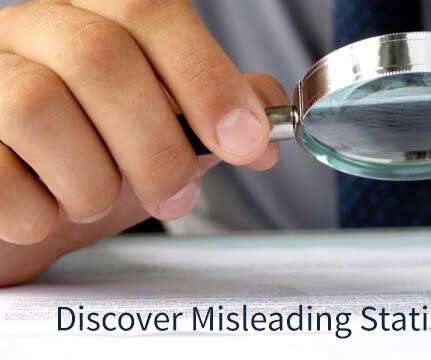The Lean Analytics Cycle: Metrics > Hypothesis > Experiment > Act
Occam's Razor
APRIL 8, 2013
First, you figure out what you want to improve; then you create an experiment; then you run the experiment; then you measure the results and decide what to do. For each of them, write down the KPI you're measuring, and what that KPI should be for you to consider your efforts a success. Measure and decide what to do.













Let's personalize your content